Home>Gardening & Outdoor>Outdoor Recreation & Activities>How To Anchor A Trampoline Down
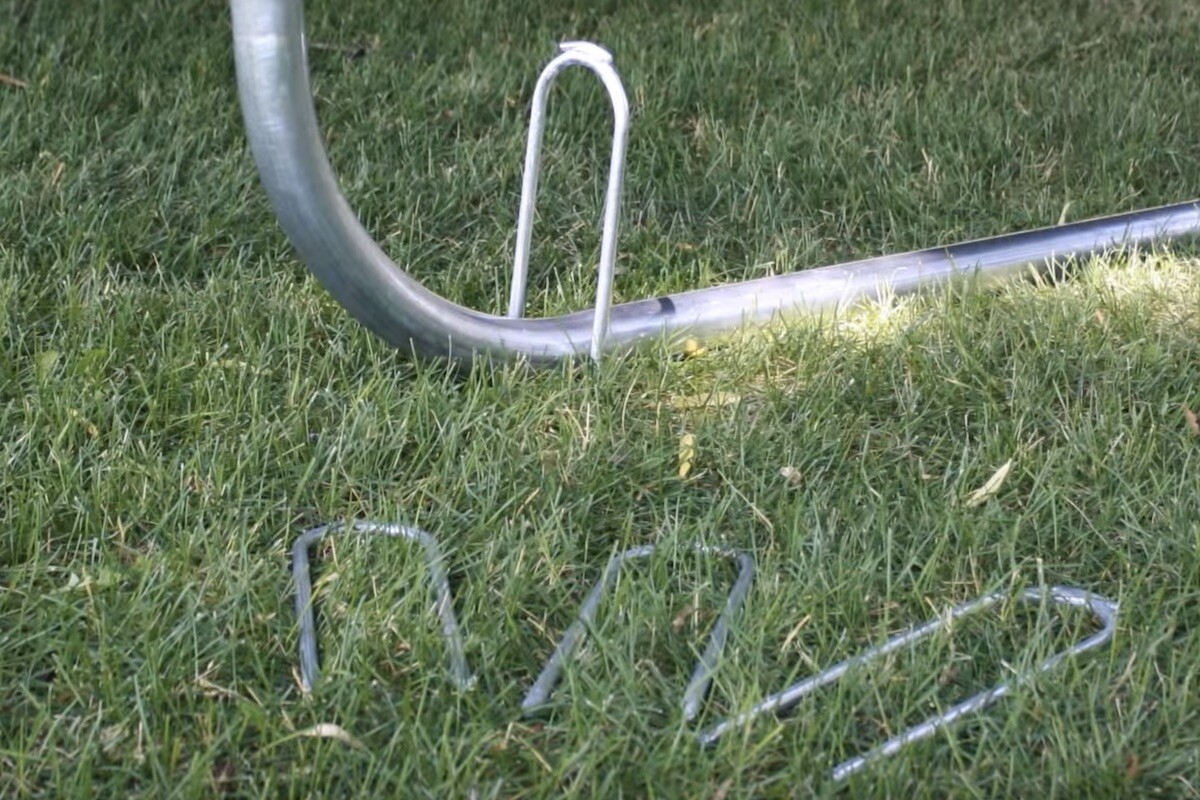

Outdoor Recreation & Activities
How To Anchor A Trampoline Down
Modified: February 18, 2024
Learn how to properly anchor a trampoline for safety and stability in your outdoor recreation area. Follow these essential tips for securing your trampoline down. Outdoor recreation and activities made safer!
(Many of the links in this article redirect to a specific reviewed product. Your purchase of these products through affiliate links helps to generate commission for Storables.com, at no extra cost. Learn more)
Introduction
So, you’ve got a fantastic trampoline in your backyard, and it’s the source of endless fun and laughter for your family. But have you ever considered how important it is to anchor your trampoline down securely? Whether it’s a windy day or your kids are bouncing with all their might, ensuring that your trampoline is properly anchored is crucial for safety and stability.
In this comprehensive guide, we’ll delve into the essential aspects of anchoring a trampoline down. From the importance of anchoring to choosing the right anchors and mastering the anchoring techniques, we’ve got you covered. By the end of this article, you’ll be equipped with the knowledge and confidence to secure your trampoline like a pro, ensuring countless hours of safe and enjoyable bouncing for everyone. Let’s jump right in!
Key Takeaways:
- Anchoring your trampoline is crucial for safety, stability, and longevity. Choose the right anchors based on trampoline size, soil type, and weather conditions to ensure a secure and enjoyable bouncing experience.
- Master anchoring techniques like auger-style anchors, metal stakes, sandbag anchors, and wind-resistant straps to keep your trampoline firmly in place. Prioritize safety, follow manufacturer guidelines, and enjoy countless hours of bouncing fun!
Read also: 9 Best Trampoline Anchors For 2024
Importance of Anchoring a Trampoline
Anchoring a trampoline is not just a recommended safety measure; it’s absolutely essential. Without proper anchoring, a trampoline can become a hazard in various ways. Here’s why anchoring your trampoline is of utmost importance:
- Prevents Tipping Over: Trampolines are susceptible to tipping over in strong winds or when subjected to vigorous bouncing. Proper anchoring ensures that your trampoline stays firmly in place, preventing dangerous tipping incidents.
- Enhances Stability: Anchoring your trampoline significantly enhances its stability, minimizing the risk of it shifting or moving while in use. This stability is crucial for the safety of the individuals bouncing on the trampoline.
- Protects Against Accidents: A securely anchored trampoline reduces the likelihood of accidents caused by unexpected movement or instability. It provides a safe and predictable bouncing experience for users of all ages.
- Preserves Trampoline Lifespan: Properly anchoring your trampoline can also extend its lifespan by reducing wear and tear caused by unnecessary movement and instability. This means you can enjoy your trampoline for years to come.
By understanding the importance of anchoring your trampoline, you can prioritize the safety and longevity of this beloved backyard accessory. Next, we’ll explore the crucial factors to consider when choosing the right anchors for your trampoline.
Choosing the Right Anchors
When it comes to anchoring a trampoline, selecting the appropriate anchors is a decision that directly impacts the safety and stability of your trampoline. With a wide array of anchor options available, it’s essential to consider the following factors before making your choice:
- Trampoline Size and Weight: The size and weight of your trampoline play a significant role in determining the type and number of anchors needed. Larger and heavier trampolines require more robust anchors to ensure adequate stability.
- Soil Type: The composition of the soil in your backyard is a crucial consideration. Soft or sandy soil may require specialized anchors such as corkscrew stakes, while harder ground may be suitable for heavy-duty metal anchors.
- Weather Conditions: If your area experiences strong winds or severe weather, it’s important to choose anchors that are specifically designed to withstand these conditions. Wind-resistant anchors provide added security during inclement weather.
- Anchor Design: There are various anchor designs available, including corkscrew stakes, auger-style anchors, and metal stakes. Each design offers distinct advantages, so it’s essential to select anchors that are compatible with your trampoline and the ground in your backyard.
- Quality and Durability: Opt for high-quality anchors that are durable and built to withstand the elements. Investing in reliable anchors ensures long-term stability and safety for your trampoline.
By carefully considering these factors, you can make an informed decision when choosing the right anchors for your trampoline. Once you’ve selected the appropriate anchors, it’s time to explore the various techniques for securely anchoring your trampoline.
Use heavy-duty trampoline anchors or large stakes to secure the trampoline to the ground. Place them at each leg and tighten them to prevent the trampoline from tipping or moving in strong winds.
Anchoring Techniques
Mastering the art of securely anchoring your trampoline is essential for ensuring its stability and safety. Here are some effective anchoring techniques to keep your trampoline firmly in place:
- Auger-Style Anchors: These anchors feature a corkscrew design and are ideal for securing trampolines in softer soil. To use auger-style anchors, simply twist them into the ground using a rod or bar until they are firmly embedded. The corkscrew design provides excellent holding power, keeping your trampoline secure.
- Metal Stakes: Metal stakes are versatile and suitable for various soil types. To anchor your trampoline using metal stakes, drive them into the ground at an angle, ensuring that they are securely positioned. These stakes provide reliable stability, especially when used in conjunction with multiple stakes placed at strategic points around the trampoline.
- Sandbag Anchors: Sandbag anchors are an excellent option for trampolines set up on hard surfaces such as concrete or decking. Simply place sandbags around the base of the trampoline frame to provide additional weight and stability. This method is especially useful for temporary or portable trampoline setups.
- Wind-Resistant Straps: In areas prone to strong winds, utilizing wind-resistant straps in conjunction with traditional anchors can provide an extra layer of security. These straps are designed to secure the trampoline frame to the ground, minimizing the risk of movement during gusty conditions.
Regardless of the anchoring technique you choose, it’s crucial to follow the manufacturer’s guidelines and recommendations for your specific trampoline model. Additionally, regularly inspecting and maintaining the anchors ensures ongoing stability and safety for your trampoline.
By mastering these anchoring techniques, you can confidently secure your trampoline, providing a safe and enjoyable bouncing experience for everyone.
Conclusion
Securing your trampoline with the right anchors is a fundamental step in ensuring the safety and stability of this beloved backyard fixture. By understanding the importance of anchoring, selecting the appropriate anchors, and mastering effective anchoring techniques, you can create a secure environment for endless hours of bouncing fun.
Remember, the safety of those using the trampoline is paramount, and proper anchoring significantly reduces the risk of accidents and tipping incidents. Whether you opt for auger-style anchors, metal stakes, sandbag anchors, or wind-resistant straps, each anchoring method plays a vital role in maintaining the stability of your trampoline.
As you embark on the journey of anchoring your trampoline, consider the unique characteristics of your trampoline, your backyard environment, and the prevailing weather conditions. By doing so, you can make informed decisions and ensure that your trampoline remains securely anchored for years to come.
So, go ahead and take the necessary steps to anchor your trampoline down securely. With the right anchors and techniques in place, you can enjoy peace of mind, knowing that your trampoline is stable, safe, and ready for endless bouncing adventures.
Here’s to many more joyous moments of laughter and fun on your securely anchored trampoline!
Frequently Asked Questions about How To Anchor A Trampoline Down
Was this page helpful?
At Storables.com, we guarantee accurate and reliable information. Our content, validated by Expert Board Contributors, is crafted following stringent Editorial Policies. We're committed to providing you with well-researched, expert-backed insights for all your informational needs.
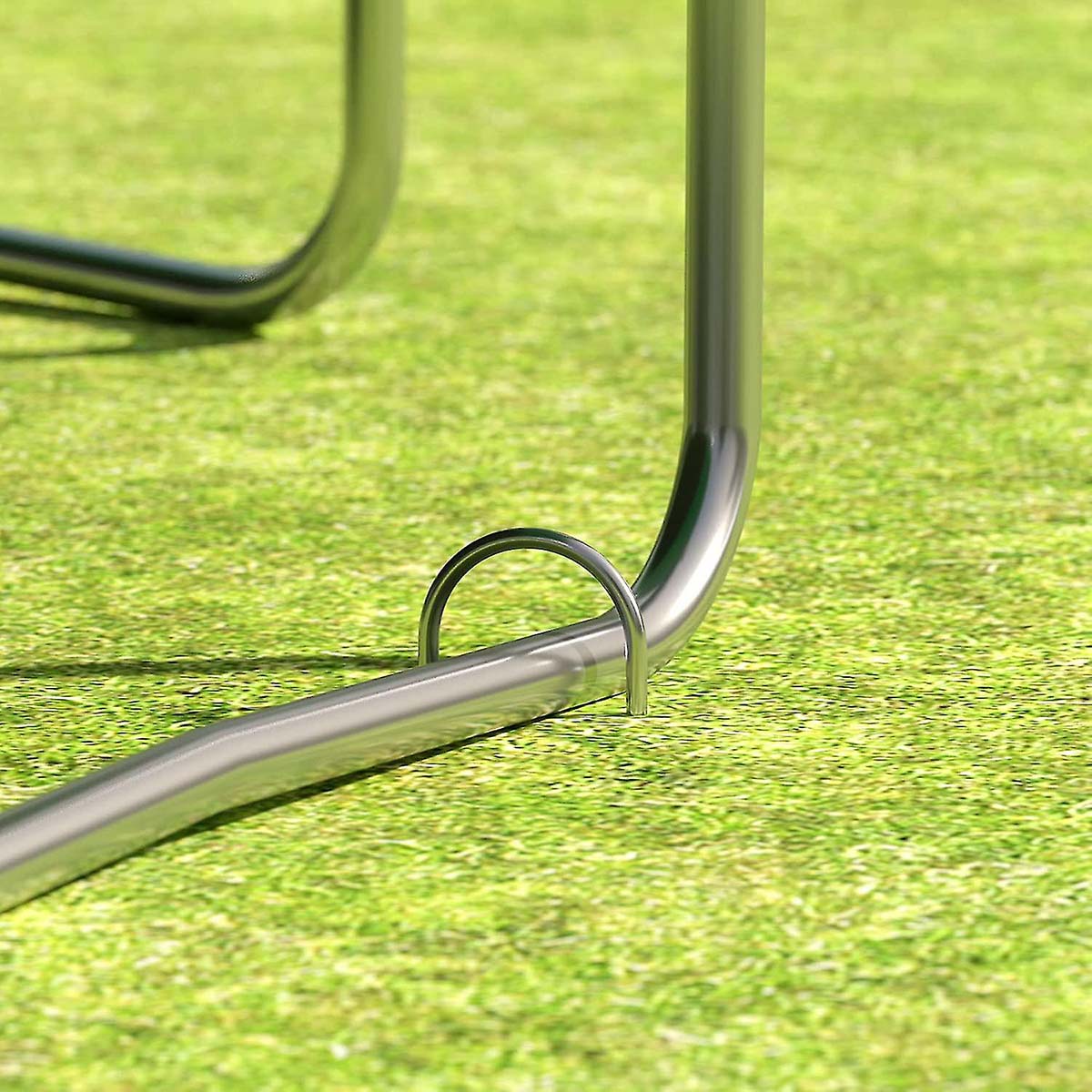
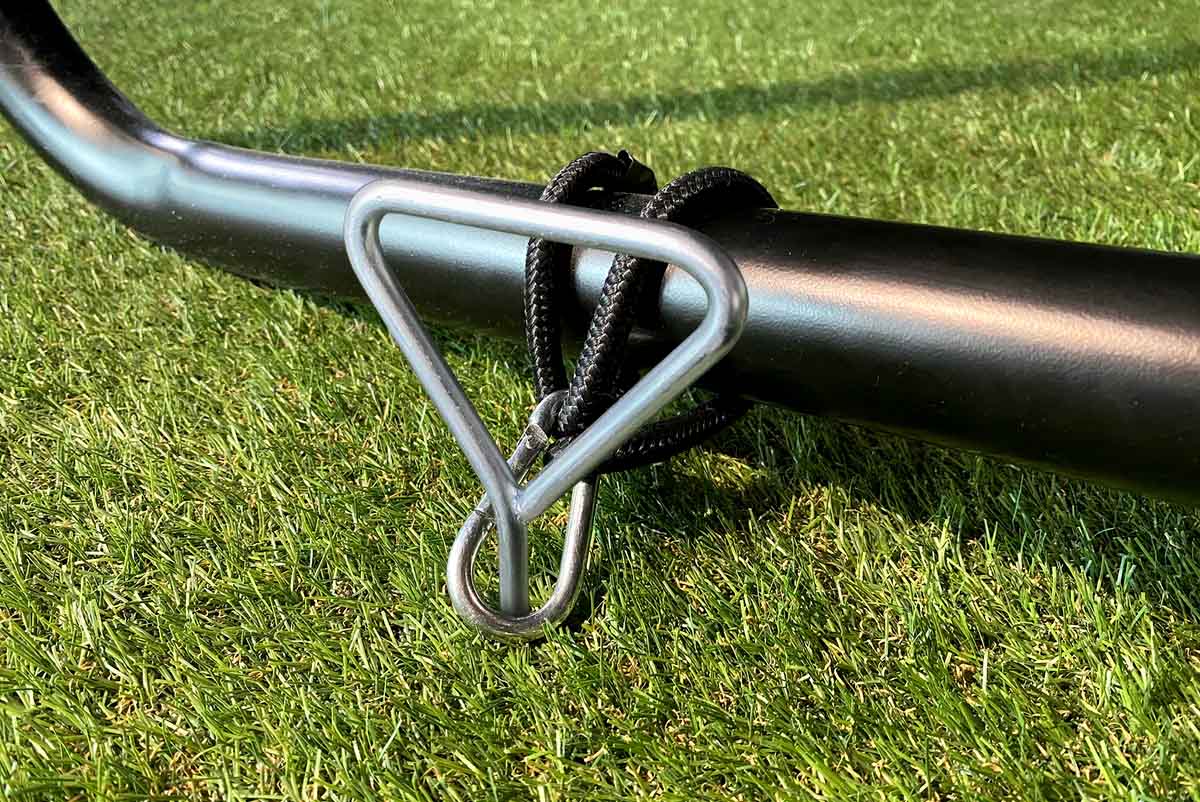
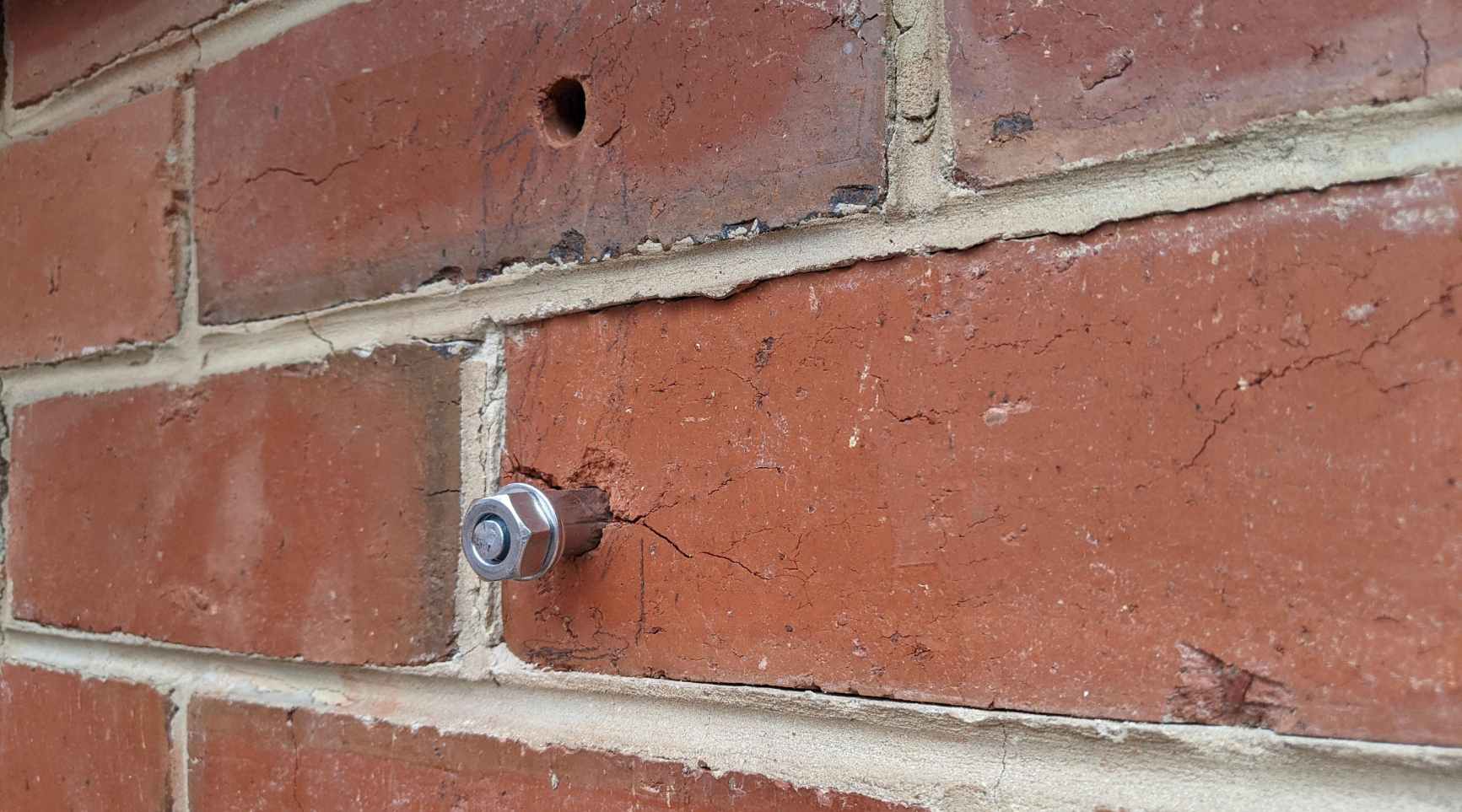
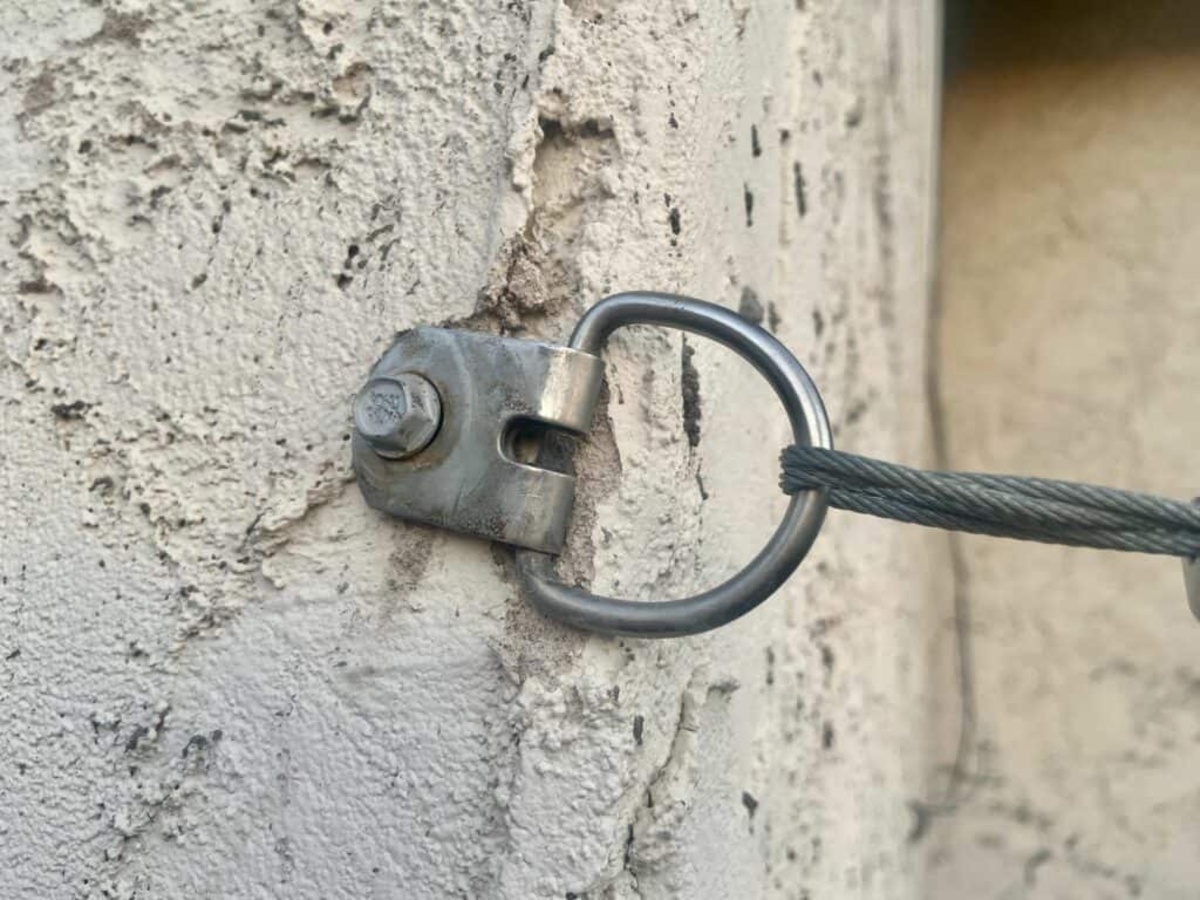
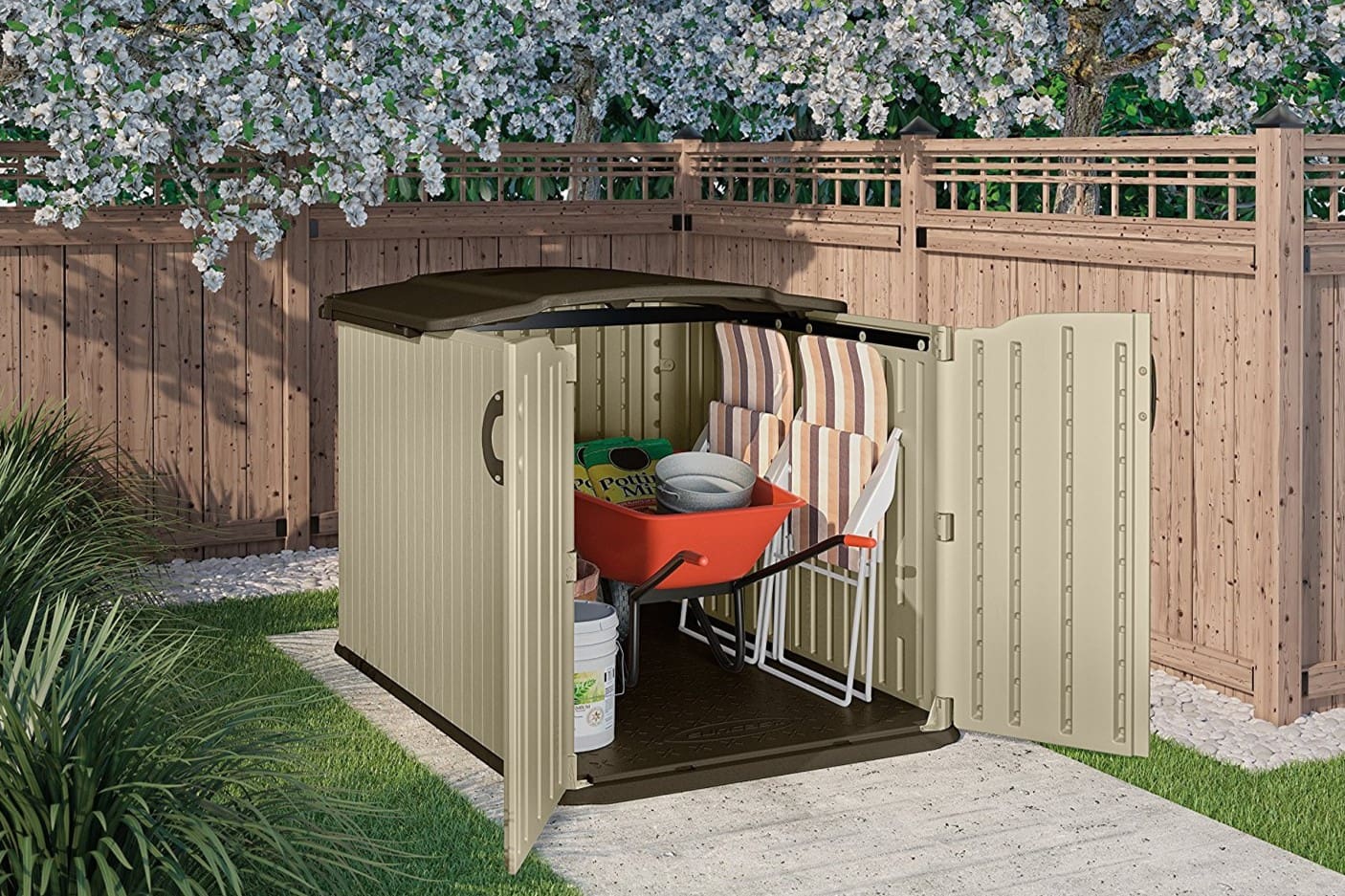
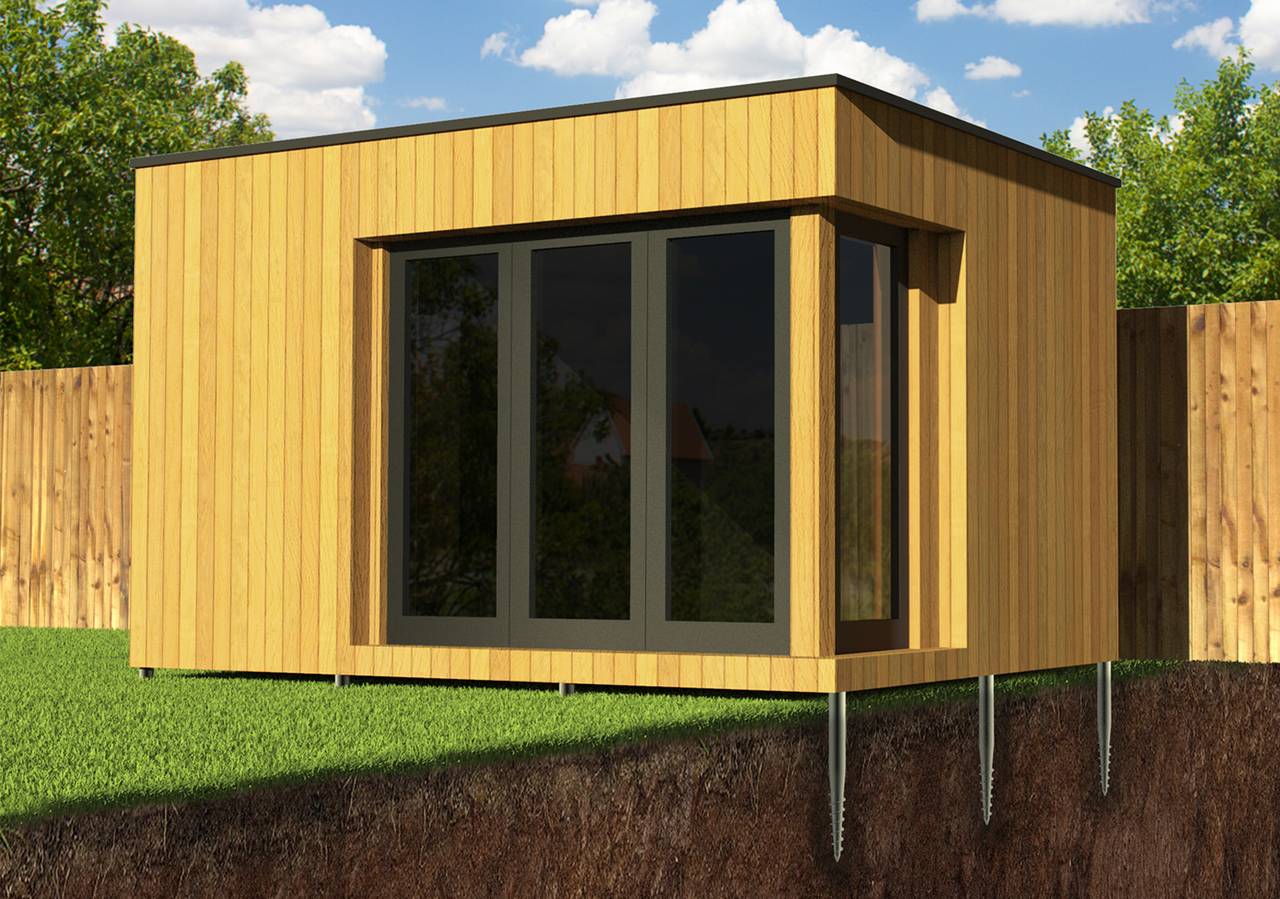
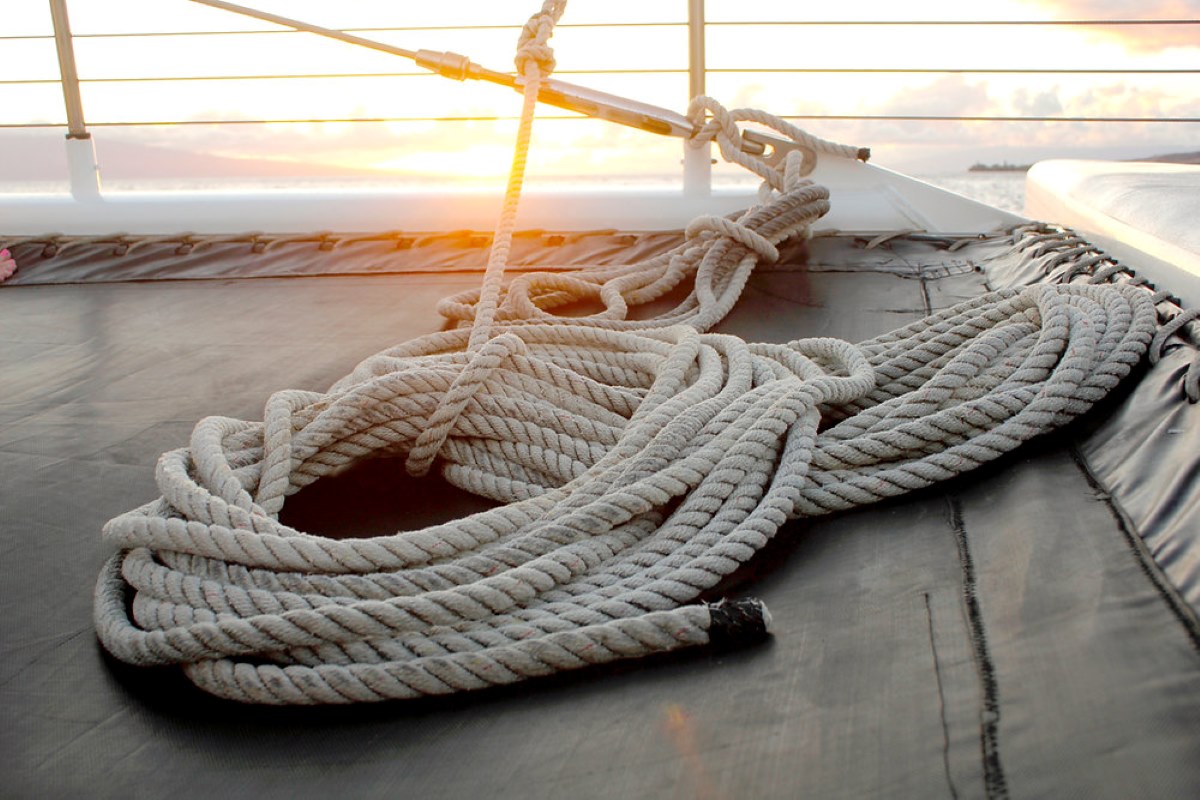


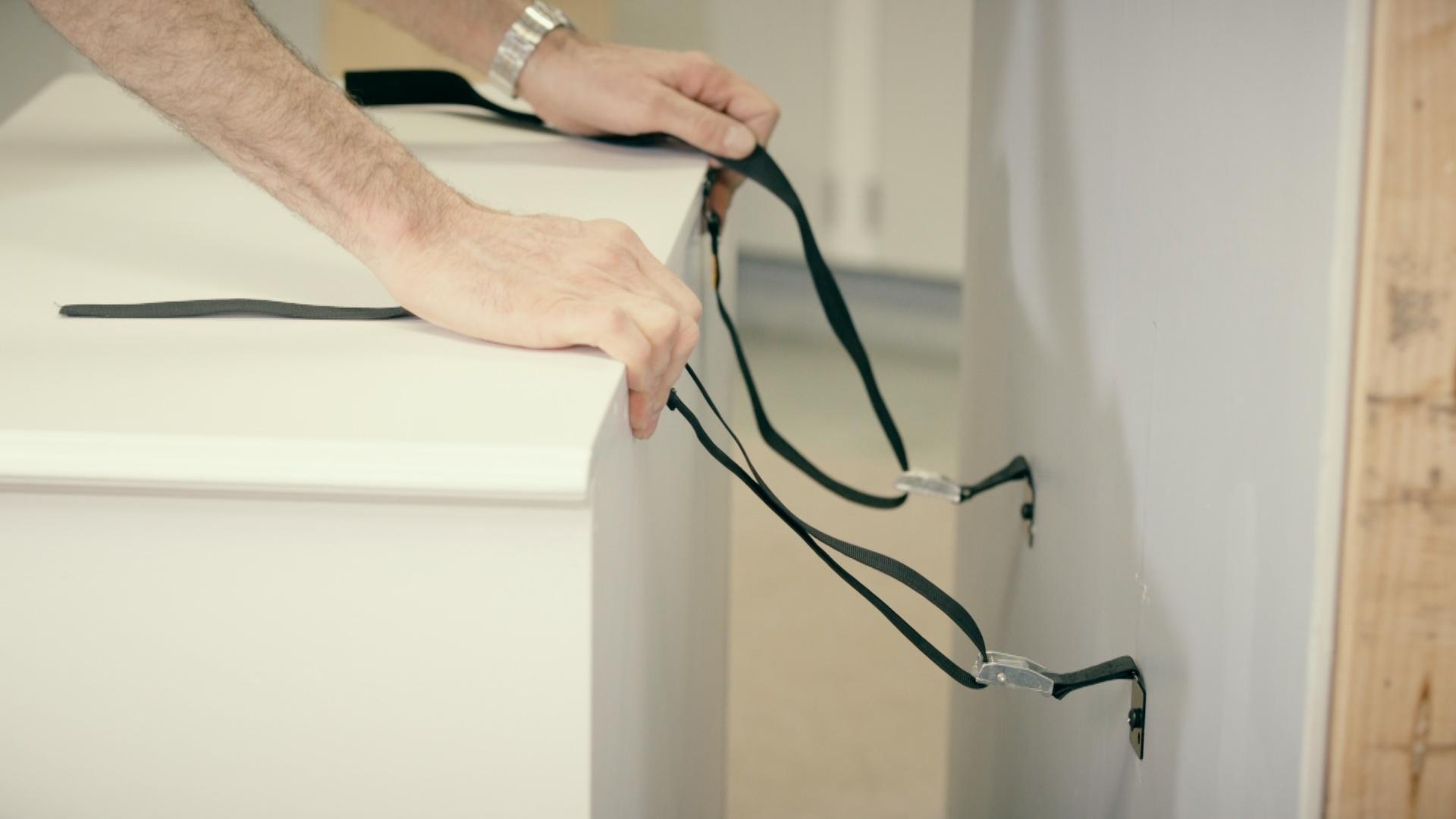
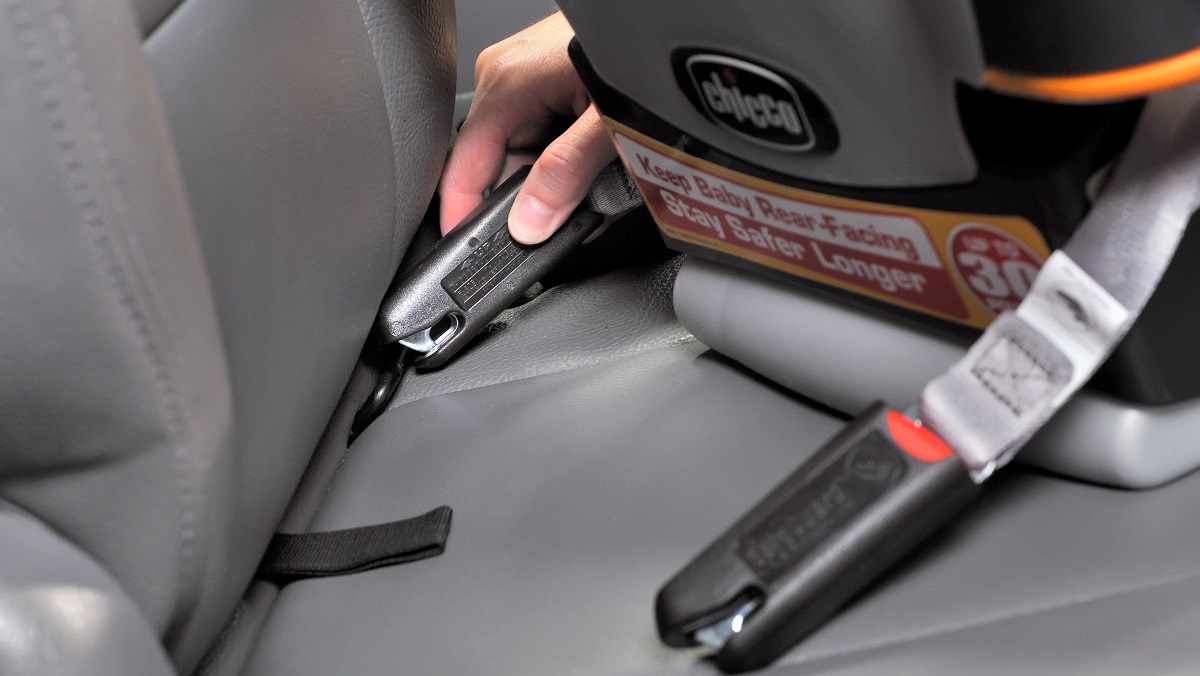
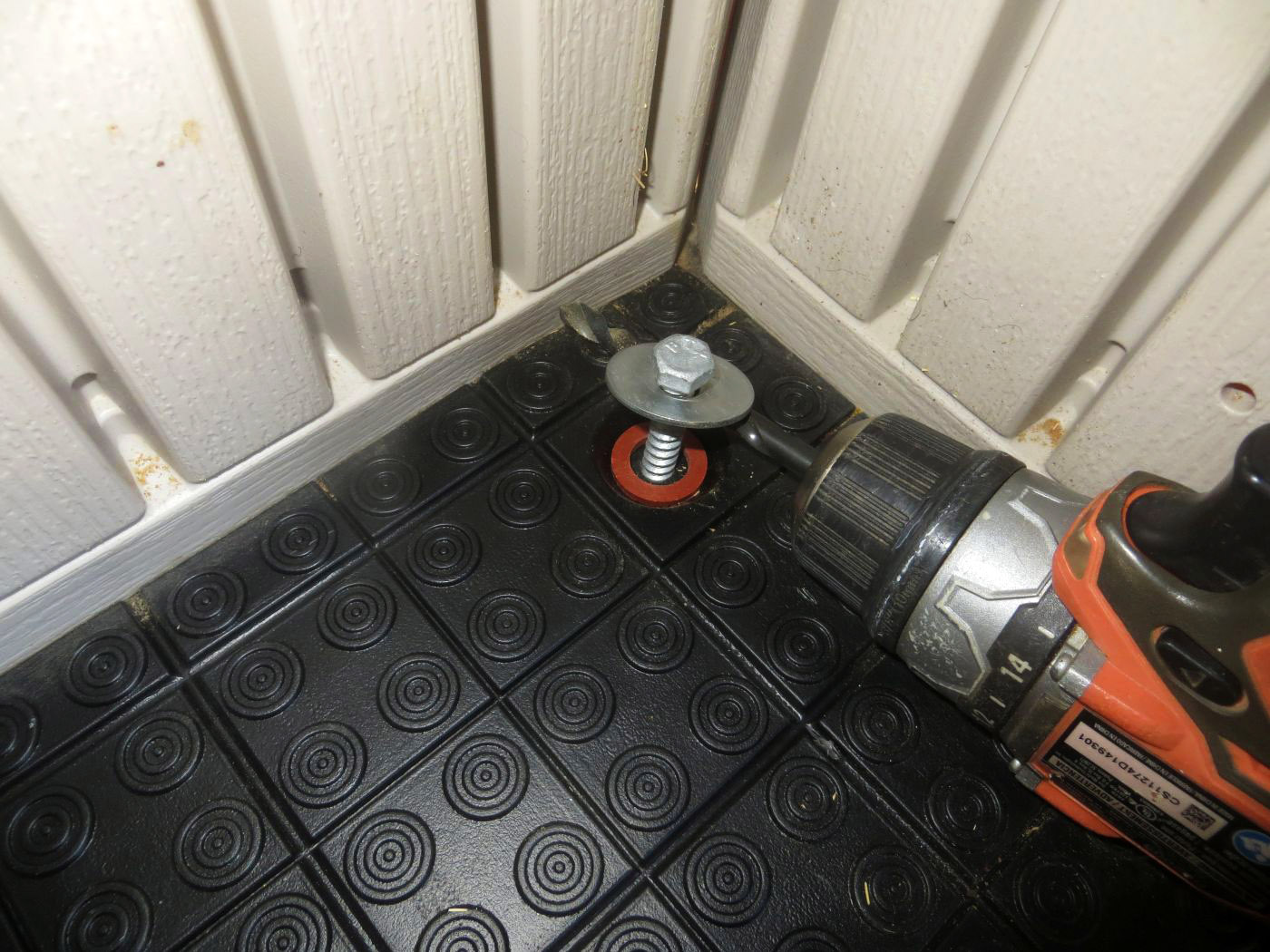
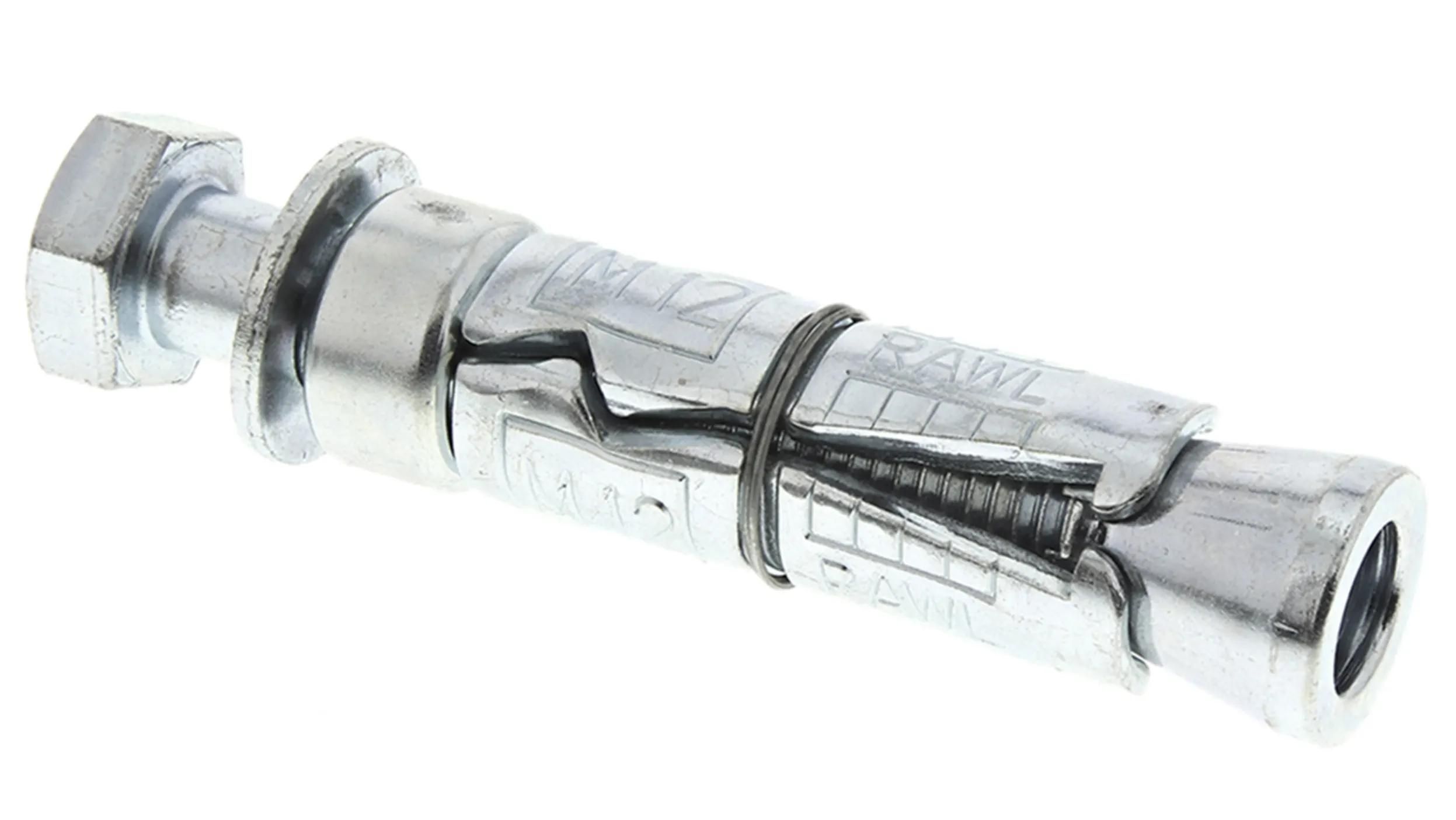
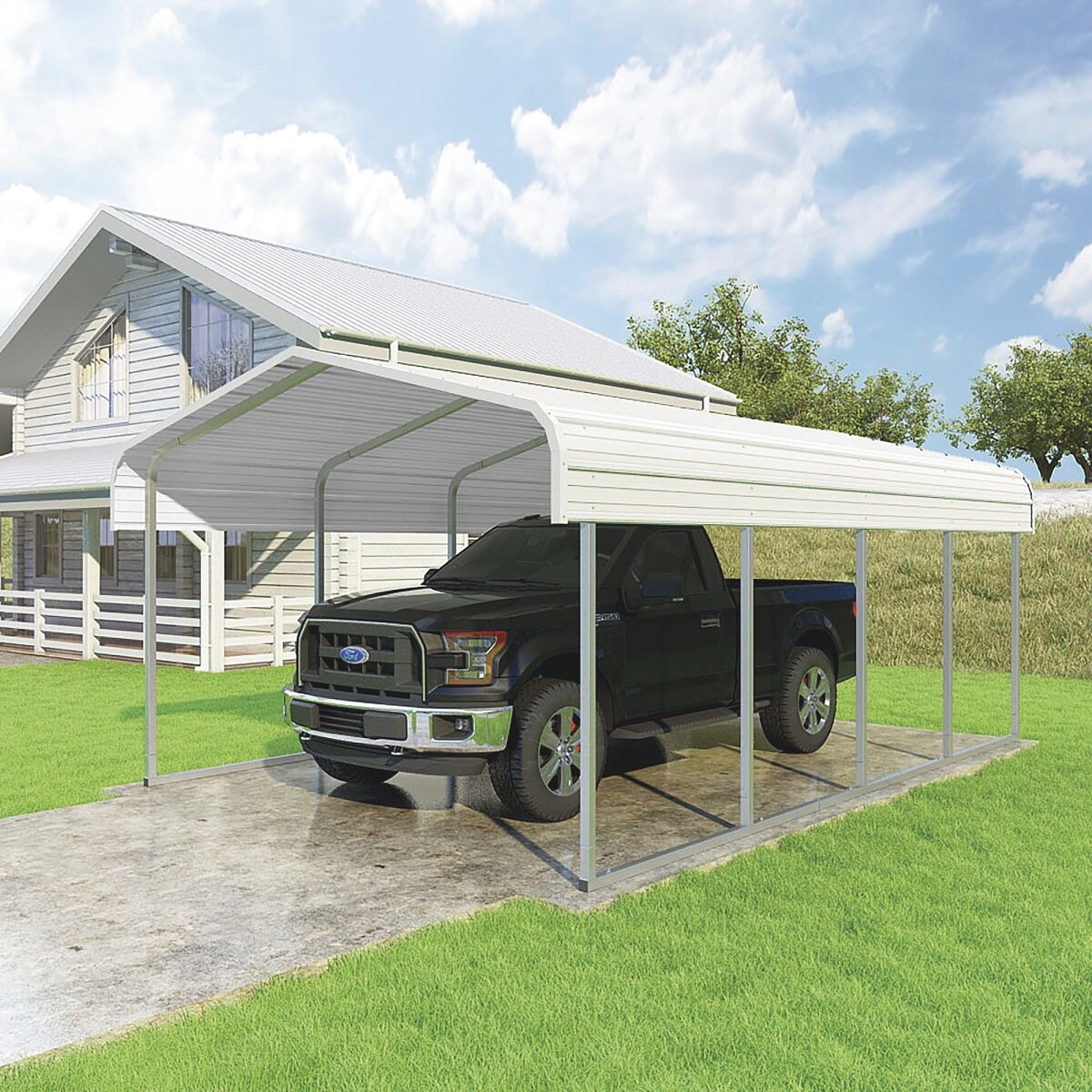
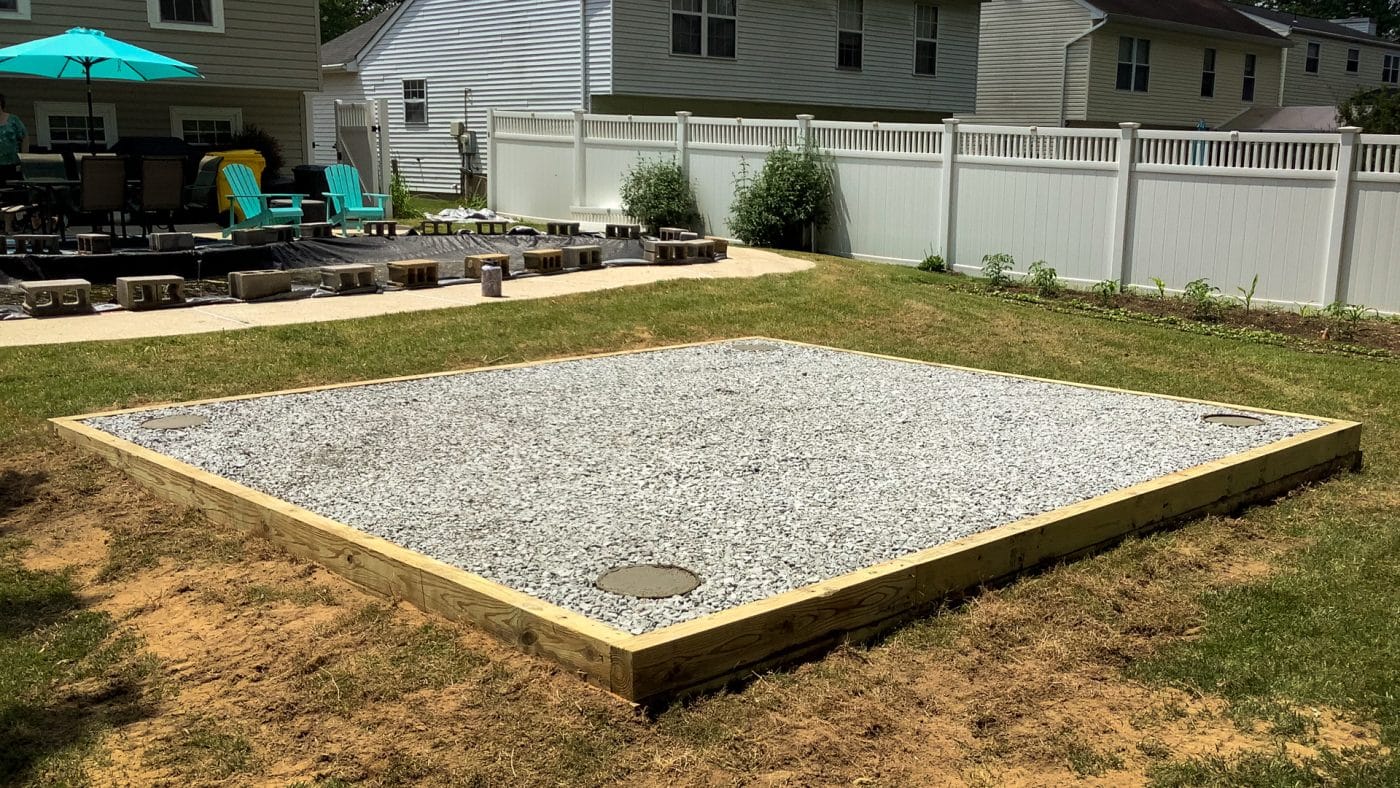

0 thoughts on “How To Anchor A Trampoline Down”